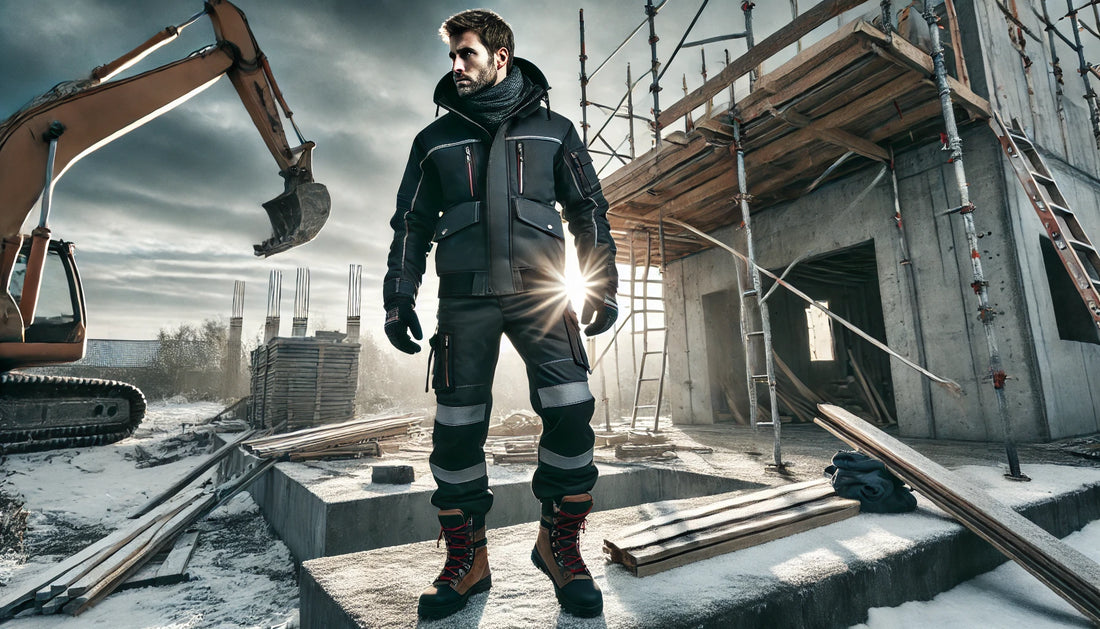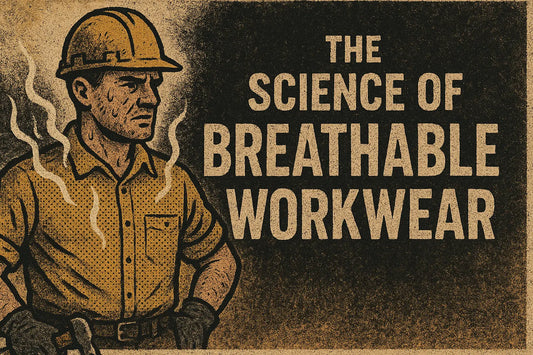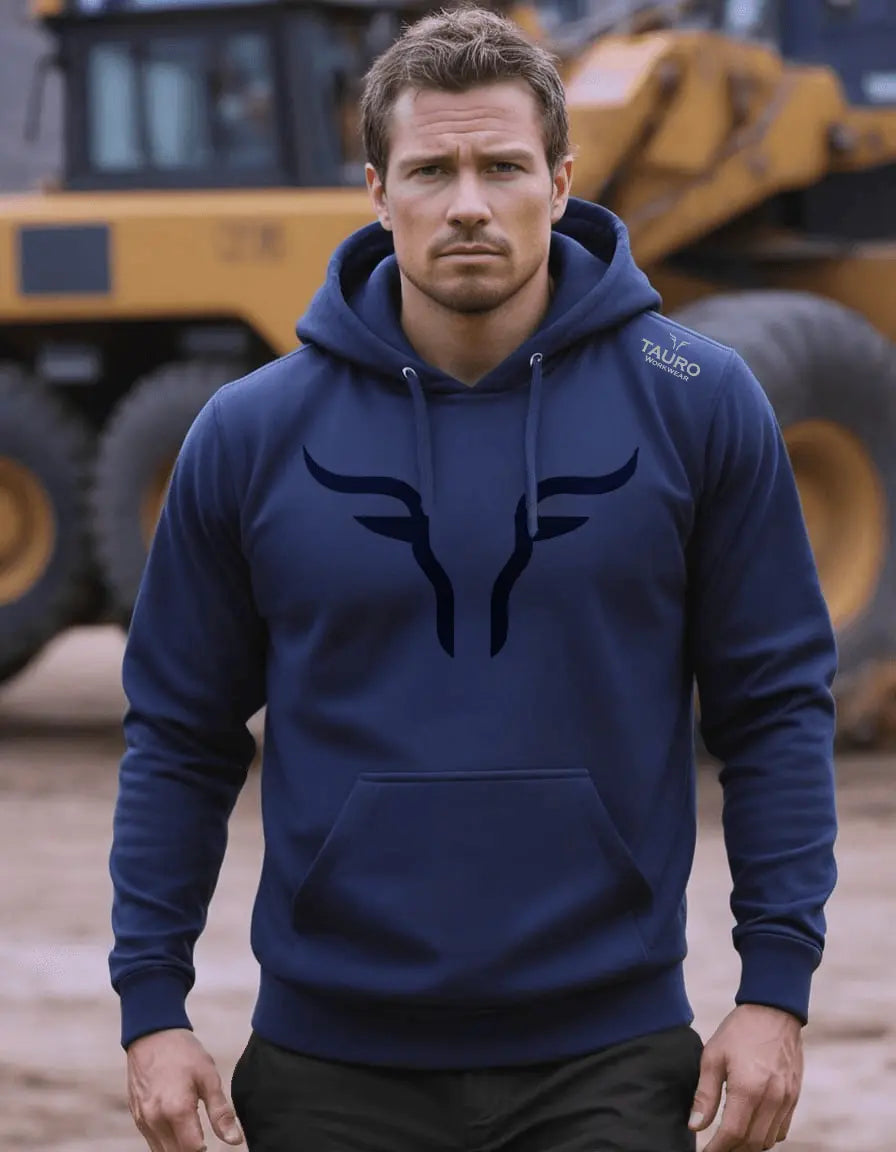
Winter is Coming: Be Prepared with the Right Workwear
As winter approaches, tradesmen across the country face the increasing challenge of staying warm while working outdoors. From construction workers to electricians, plumbers to carpenters, ensuring that you have the proper winter workwear is not just a matter of comfort—it's crucial for safety and productivity. This article delves into the essentials of winter workwear, ensuring that you are fully equipped to tackle cold, icy mornings.
Why Winter Workwear Matters
The importance of appropriate winter workwear cannot be overstated. According to the Health and Safety Executive (HSE), workplace exposure to cold can significantly impair performance and increase the risk of accidents. Cold weather can lead to conditions such as hypothermia and frostbite, and exacerbate existing health issues like arthritis. Tradesmen, who often work in harsh outdoor conditions, are particularly vulnerable. The right clothing is essential to staying warm, dry, and safe while maintaining the flexibility and mobility needed for the job.
The Science Behind Layering: A Proven Strategy
Layering is a time-tested approach to dressing for cold weather, endorsed by experts such as those at Harvard Medical School. Effective layering consists of three main components:
- Base Layer: Your base layer should wick moisture away from your skin to keep you dry. Research published in the Journal of Sports Sciences highlights the importance of moisture-wicking fabrics, like merino wool or synthetic fibers, which outperform cotton in maintaining warmth during physical activity in cold environments.
- Mid Layer: This layer provides insulation. Fleece is often recommended for its ability to balance warmth and breathability. According to a study in the Journal of Applied Physiology, fleece materials offer superior thermal insulation while allowing moisture to escape, preventing overheating.
- Outer Layer: Your outer layer must shield you from the elements—wind, rain, and snow. Materials like GORE-TEX are favored for their waterproof, windproof, and breathable properties, as detailed in a review by Textile Research Journal.
Proper layering allows tradesmen to adapt to changing conditions throughout the day, removing or adding layers as needed.
Must-Have Winter Workwear Items
For comprehensive protection against winter weather, every tradesman should consider the following essential items:
- Insulated Work Jacket: A quality work jacket is crucial. According to Popular Mechanics, a durable, insulated jacket with reinforced elbows and heavy-duty zips can withstand the rigors of outdoor work while keeping you warm.
- Thermal Work Trousers: Standard work trousers are insufficient for winter. Research from Ergonomics journal suggests that thermal-lined work trousers, especially those with knee pads, significantly reduce heat loss and provide better comfort during prolonged kneeling.
- Waterproof Thermal Boots: Cold feet can quickly ruin a workday. A study in the Journal of Occupational and Environmental Hygiene found that insulated, waterproof boots with slip-resistant soles greatly reduce the risk of cold-related foot injuries and slips on icy surfaces.
- Thermal Socks: Avoid cotton socks, which retain moisture and can lead to cold feet. The New York Times recommends wool or wool-blend thermal socks for superior warmth and moisture control.
- Gloves: A good pair of insulated, waterproof gloves is indispensable. According to Consumer Reports, gloves that balance warmth with dexterity are essential for maintaining tool control in cold conditions.
- Headgear: A significant amount of body heat is lost through the head. Mayo Clinic advises wearing a thermal beanie or hat that covers the ears, and in extreme conditions, a balaclava or neck gaiter to protect against wind chill.
- Hi-Vis Gear: With shorter days, visibility is critical. The National Institute for Occupational Safety and Health (NIOSH) recommends high-visibility gear with reflective strips to ensure safety in low-light conditions.
Choosing the Right Materials
Selecting the right materials for winter workwear is crucial for performance and safety:
- Merino Wool: Ideal for base layers, merino wool is praised for its warmth, moisture-wicking properties, and natural odor resistance, as noted by Outdoor Gear Lab.
- Fleece: Fleece is recommended for mid-layers due to its lightweight and breathable qualities, which are essential for maintaining warmth without bulk, as discussed in the International Journal of Clothing Science and Technology.
- GORE-TEX: This material is a top choice for outer layers, providing unmatched protection against wind and rain while allowing moisture to escape, according to a report by REI Co-op.
- Softshell: Softshell materials offer a balance between weather protection and flexibility, making them ideal for active work, as highlighted in Backpacker Magazine.
- Thinsulate: Commonly used in gloves and boots, Thinsulate is valued for its insulation properties without adding excessive bulk, as stated by 3M Science.
Maintenance Tips for Longevity
To ensure your winter workwear lasts through the season and beyond, proper care is essential:
- Washing: Always follow the manufacturer's care instructions. Overwashing can damage waterproof coatings and insulation. Wired suggests using specialized detergents for technical fabrics to preserve their properties.
- Reproofing: Waterproof items may need periodic reproofing to maintain their effectiveness. Outside Online recommends using spray or wash-in products to renew the waterproof layer.
- Drying: Avoid tumble drying, which can damage materials. Instead, air-dry your gear in a well-ventilated area, as suggested by REI Co-op.
- Storage: Store your winter workwear in a cool, dry place. The Spruce warns against leaving damp gear in confined spaces, such as a van, where mold and mildew can develop.
Trusted Brands and Retailers
When purchasing winter workwear, quality is paramount. Consider these reputable brands:
- Tauro Workwear: Known for its durable and practical designs, Tauro Workwear offers a wide range of winter essentials designed in collaboration with tradesmen.
- Snickers Workwear: Renowned for its innovative design and high-quality materials, Snickers Workwear is a go-to brand for tradesmen seeking durable and flexible winter gear.
- Helly Hansen: A leader in outdoor performance wear, Helly Hansen offers some of the best waterproof and insulated workwear available.
The Cost of Being Unprepared
Skimping on winter workwear can lead to severe health and safety risks. As noted by the Occupational Safety and Health Administration (OSHA), inadequate protection against cold can result in serious health conditions, including hypothermia and frostbite. Additionally, cold weather can reduce productivity and increase the likelihood of errors, which may have costly consequences in the workplace.
Conclusion: Be Prepared, Stay Warm, Work Smart
With winter on the horizon, investing in the right workwear is essential for staying warm, safe, and productive. By following expert advice on layering, choosing the right materials, and maintaining your gear, you can ensure that you are prepared for whatever the winter months bring.
Remember, being prepared is the key to working smart and staying safe in cold weather conditions.





1 Kommentar
Brilliant post! The tips on choosing the right winter workwear are incredibly helpful. It’s great to see such practical advice on staying warm and safe during the colder months. Thanks for sharing!